Wetlands
The rainwear industry, dominated by synthetic and non-biodegradable materials, significantly contributes to plastic pollution. To address this problem, Wetlands designed a water-resistant, 100% biodegradable, and renewable composite material and translated the material into a warm and stylish outdoor jacket. The material is crafted from wool, and seaweed derivatives, and is dyed using waste materials from landscape maintenance and ecosystem conservation. This makes the material not only environmentally friendly, but regenerative by nature.
Project Vision
The 1950s marked the beginning of the plastic era. Before this decade, only about 4 to 8 metric tons of plastic existed. However, since then, plastic production has surged to a staggering 300 million tons per year worldwide. Today, every piece of plastic that hasn’t been burned still exists, often in the form of microplastics. Plastic pollution has become a serious global issue, harming people, animals, and the environment.
The clothing industry is a significant contributor to this problem, accounting for 4% to 35% of all microplastic pollution across various sectors. One contributing factor is the leakage of macro plastics during the disposal of synthetic apparel waste, which occurs when plastic escapes from human-controlled environments. To address this issue of macro plastic leakage, Wetlands sought to find an alternative to outdoor clothing made from plastics.
Project Goals
1. Further develop material from the more-than-materiality project
2. Translate the material into a garment
3. Explore if the production process of the material/wearable could improve a landscape/ecosystem
Context
The project focused on developing a novel material while also regenerating the landscape of the Hemelrijkse Waard. Once primarily used for agriculture, this area has transformed into a flourishing nature reserve since 2014. This transformation allows the Maas River to spread out during periods of high water, reducing the water level by 4 to 7 centimetres and greatly enhancing the safety of residents living behind the dikes.
To effectively manage high water, the areas directly adjacent to the Maas require regular maintenance to keep vegetation short. If left unmaintained, the landscape could evolve into a riparian forest within a few years, which would significantly hinder its capacity to retain water and manage flood risks. Regular upkeep is crucial for preserving the ecological balance and functionality of the reserve.
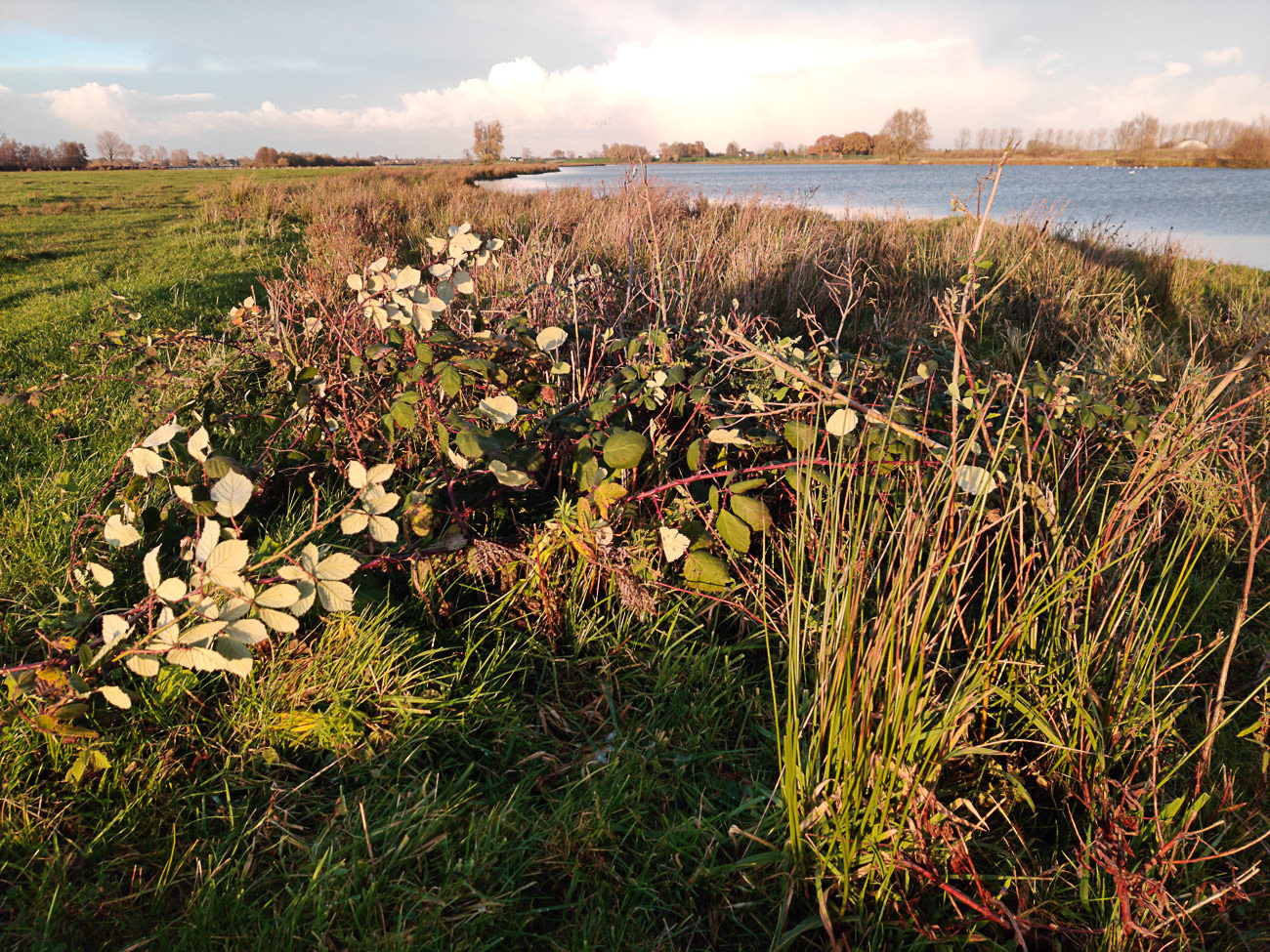

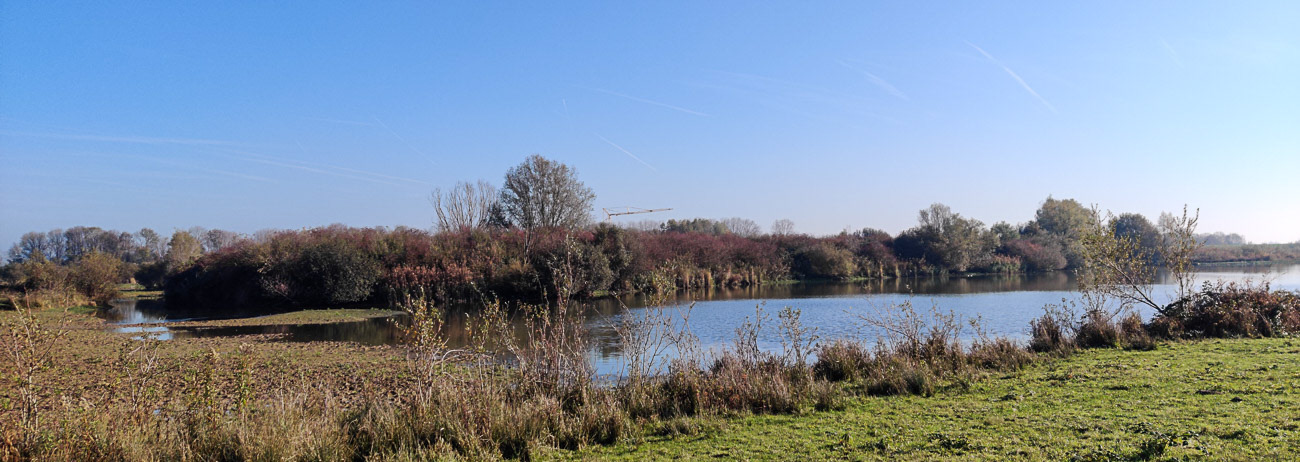
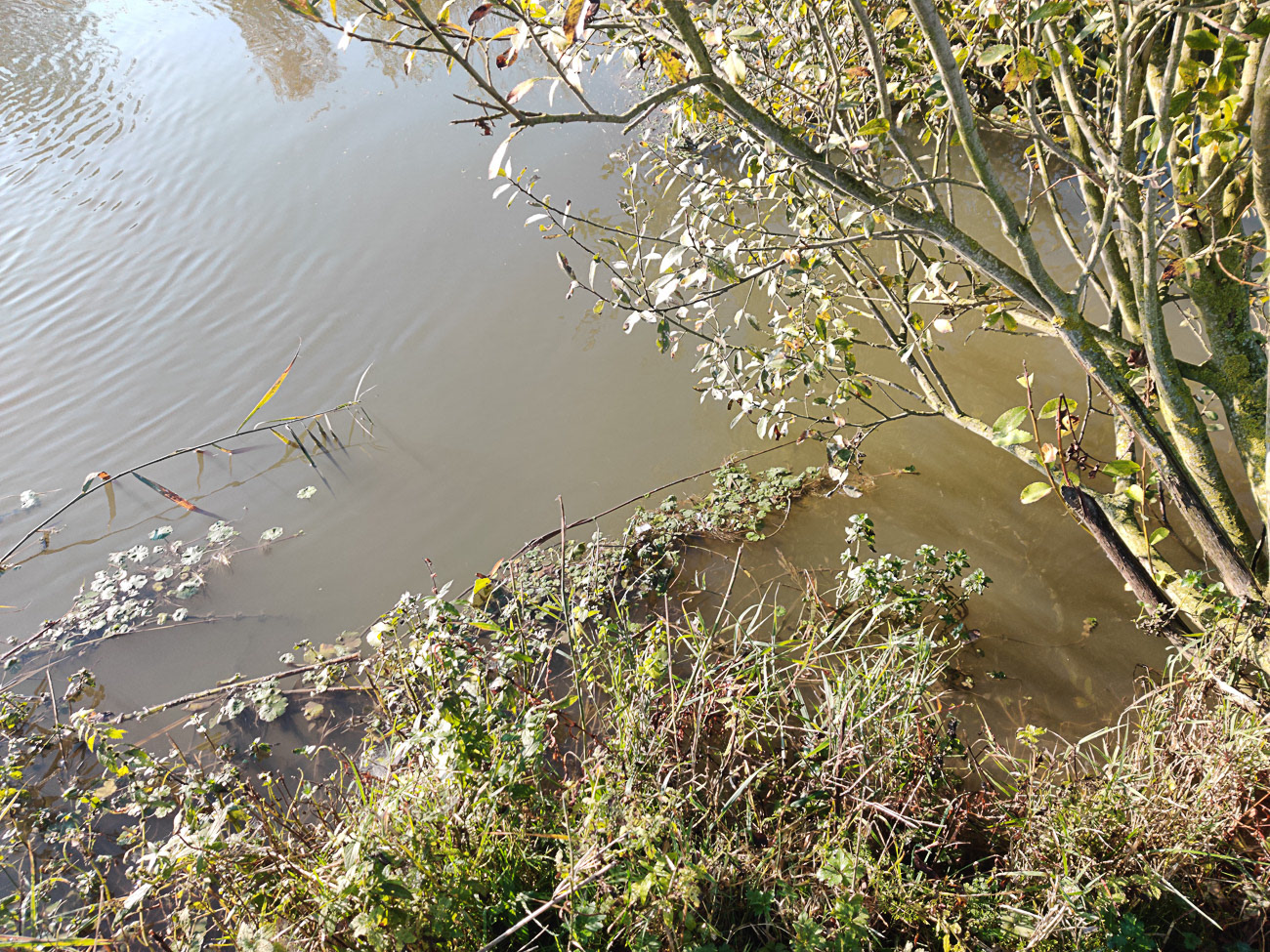
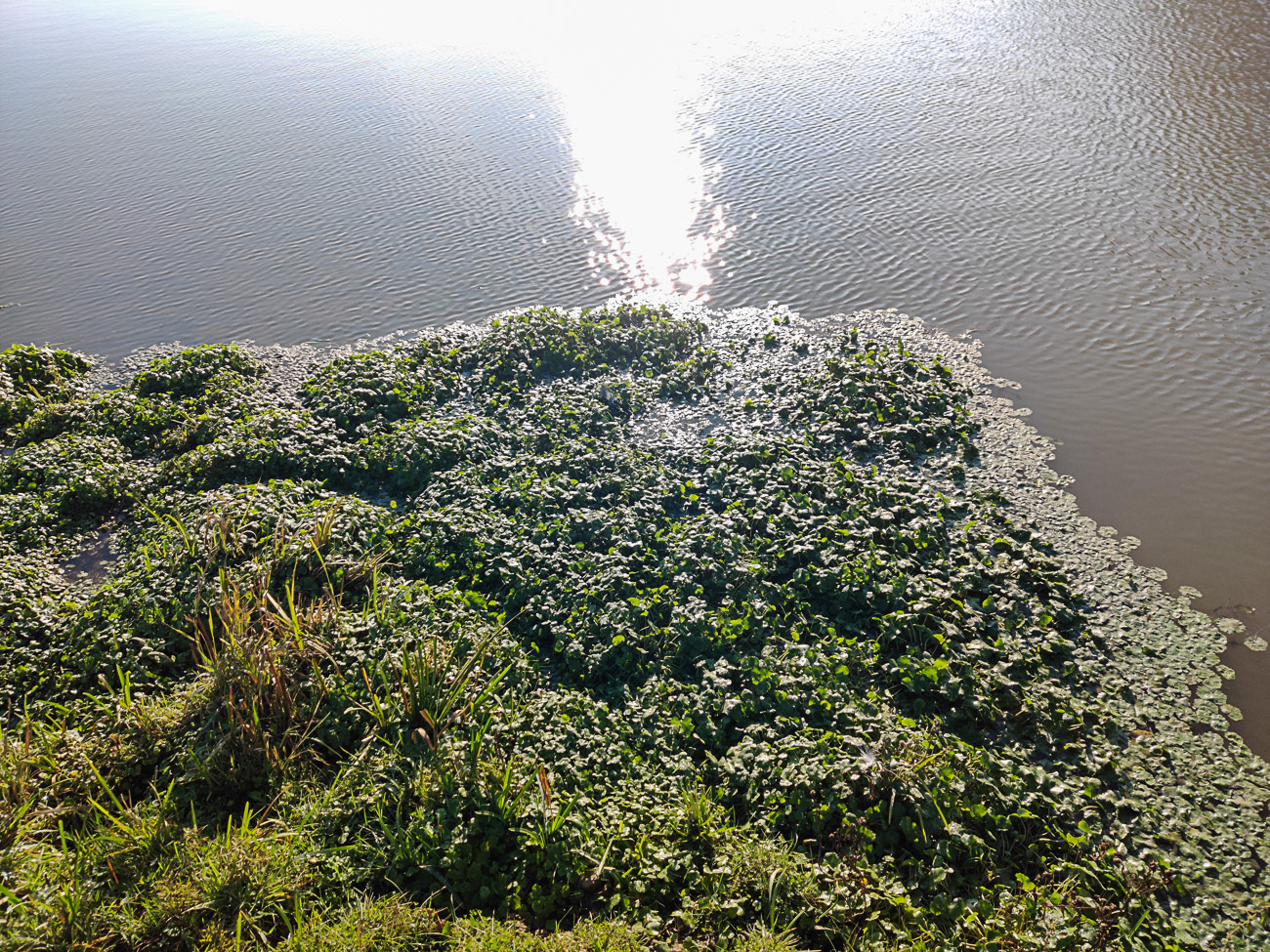


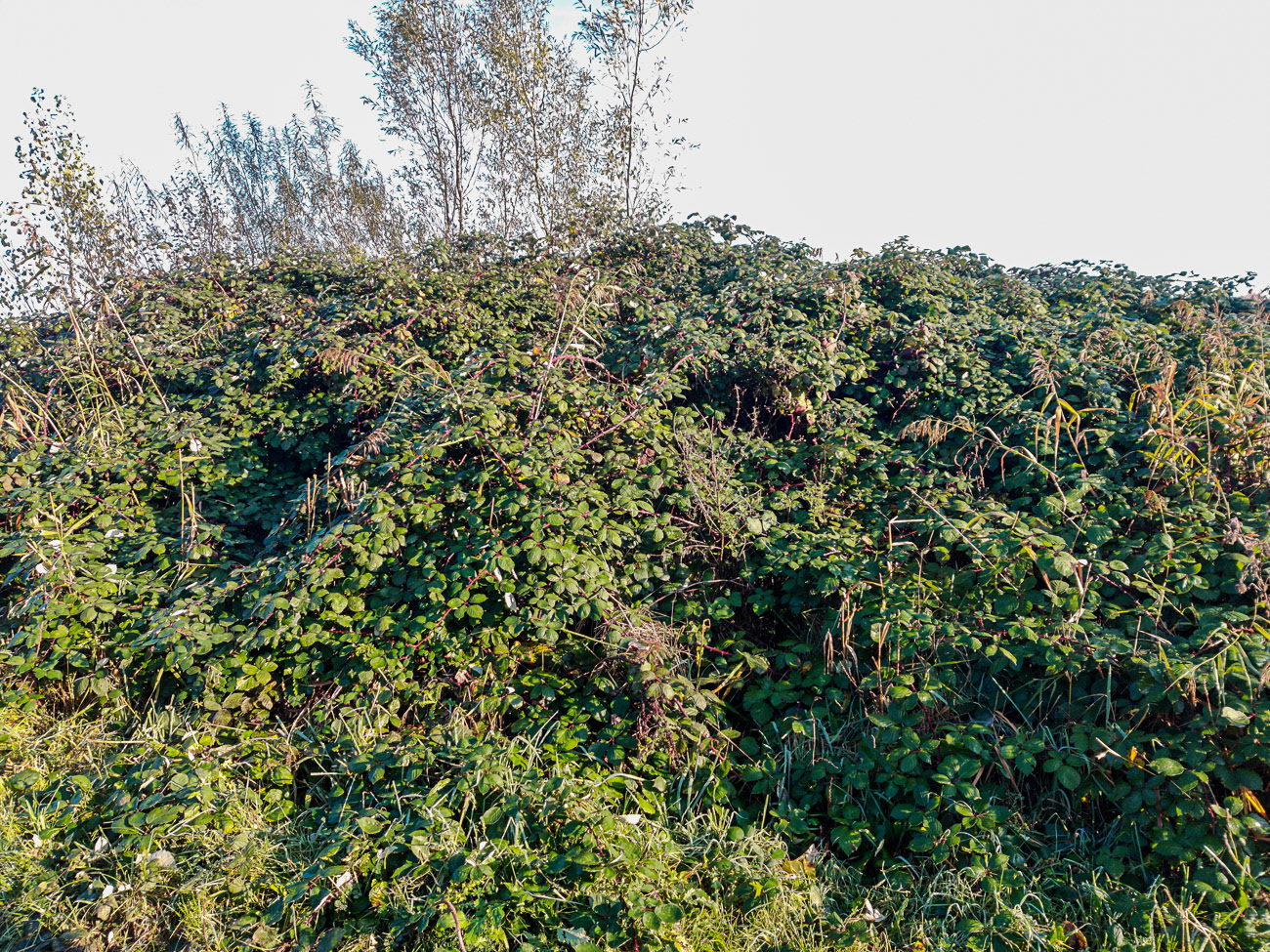
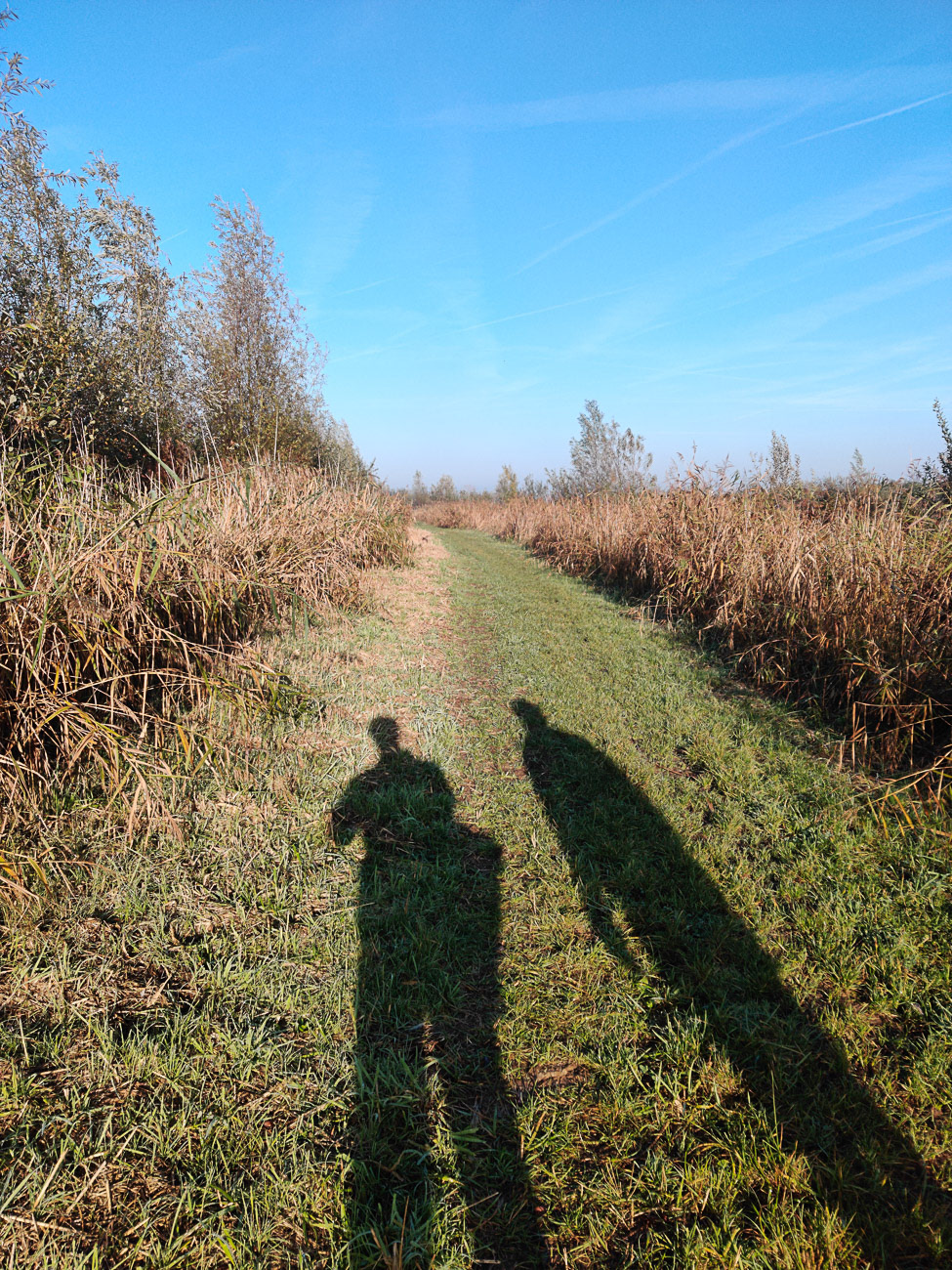
Combining ecosystem conservation efforts with material design
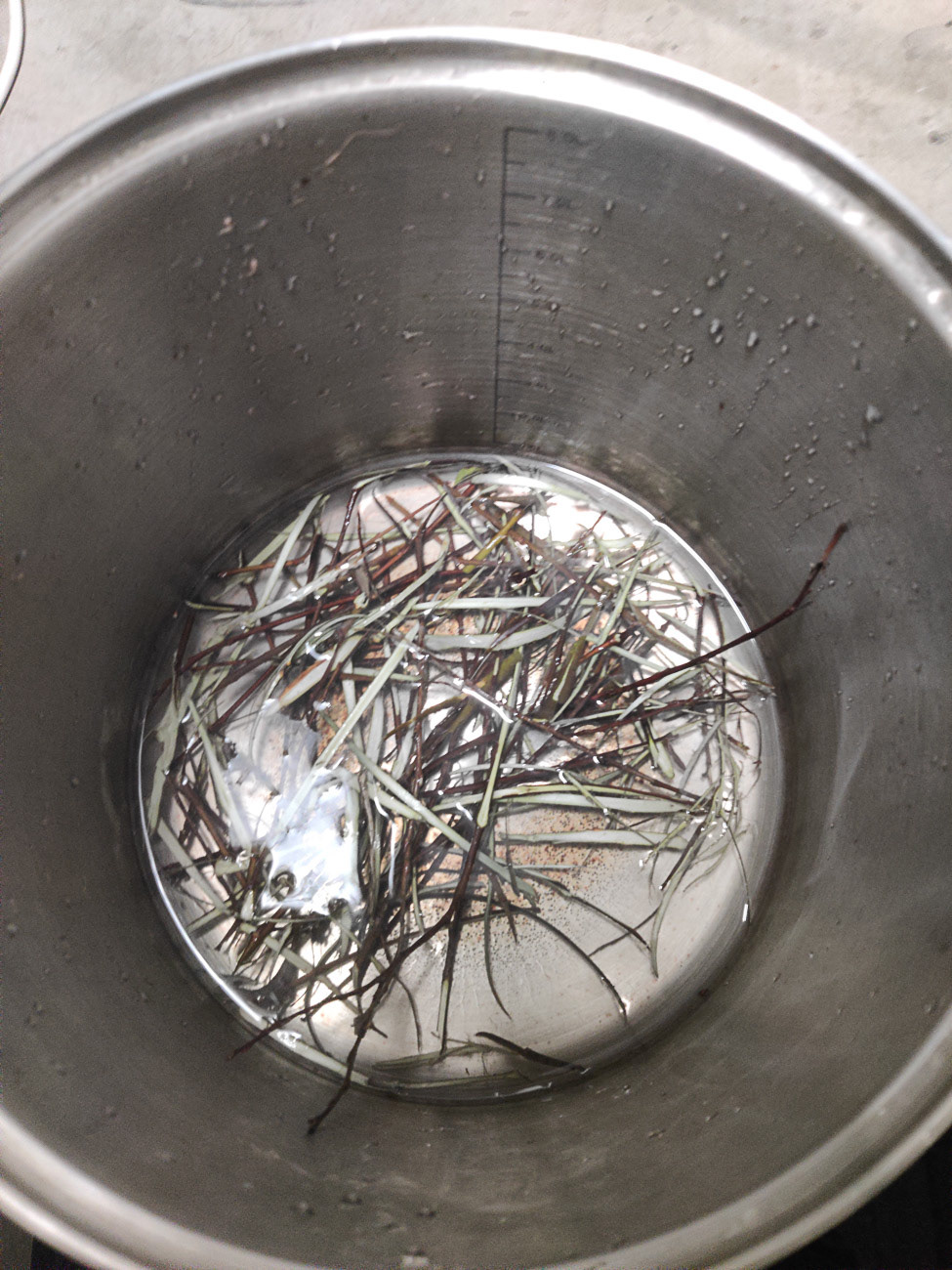
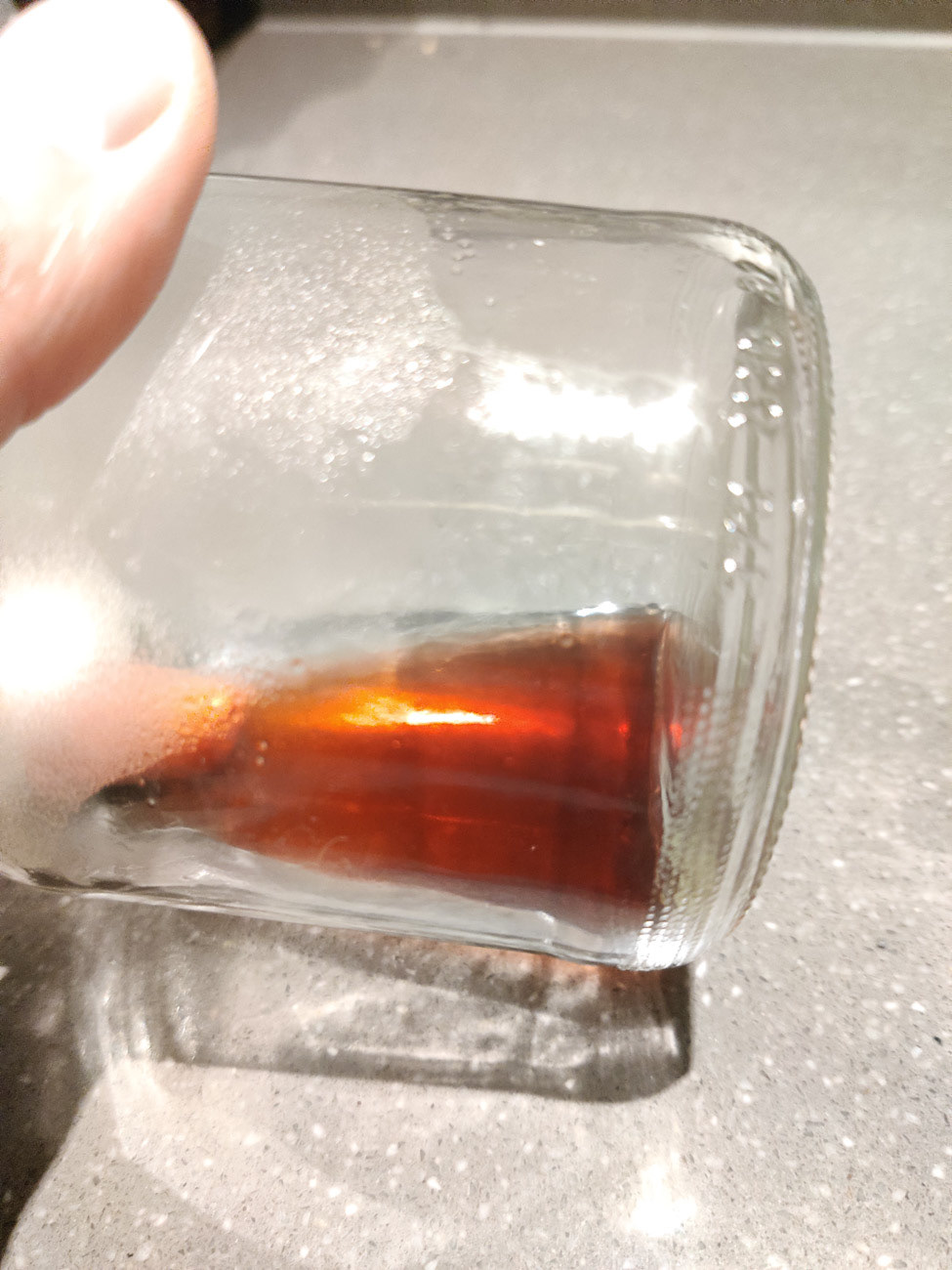

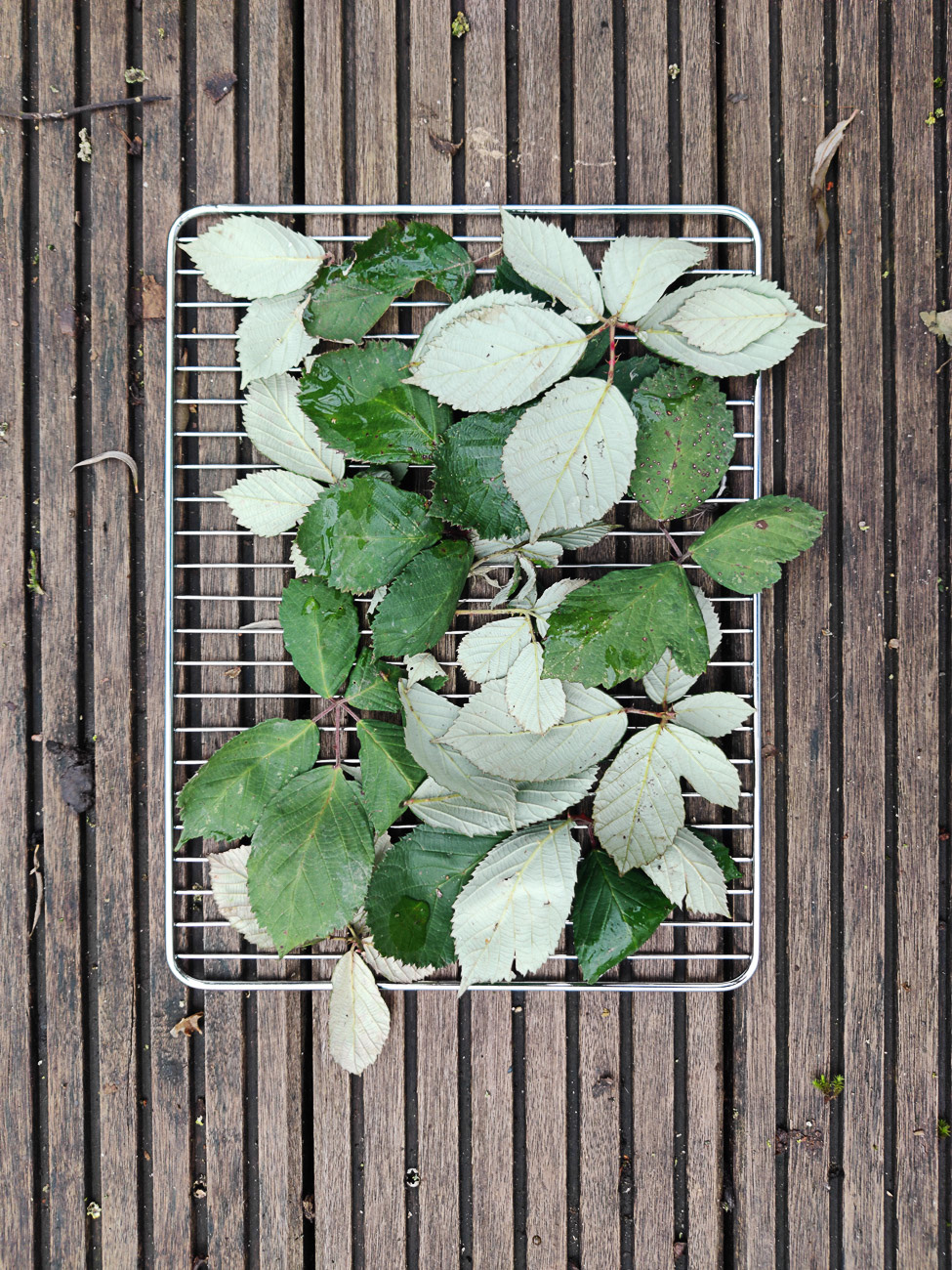
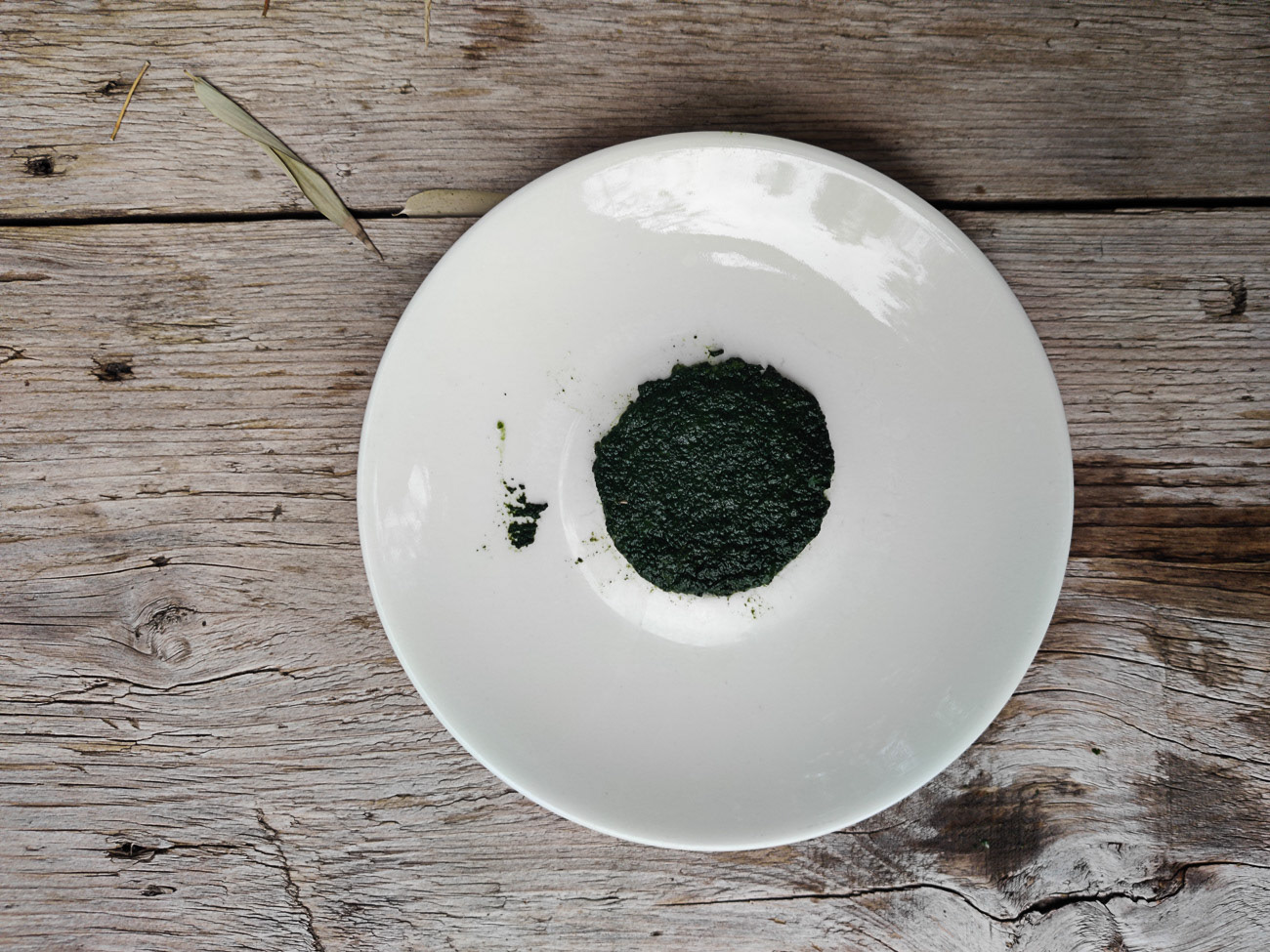
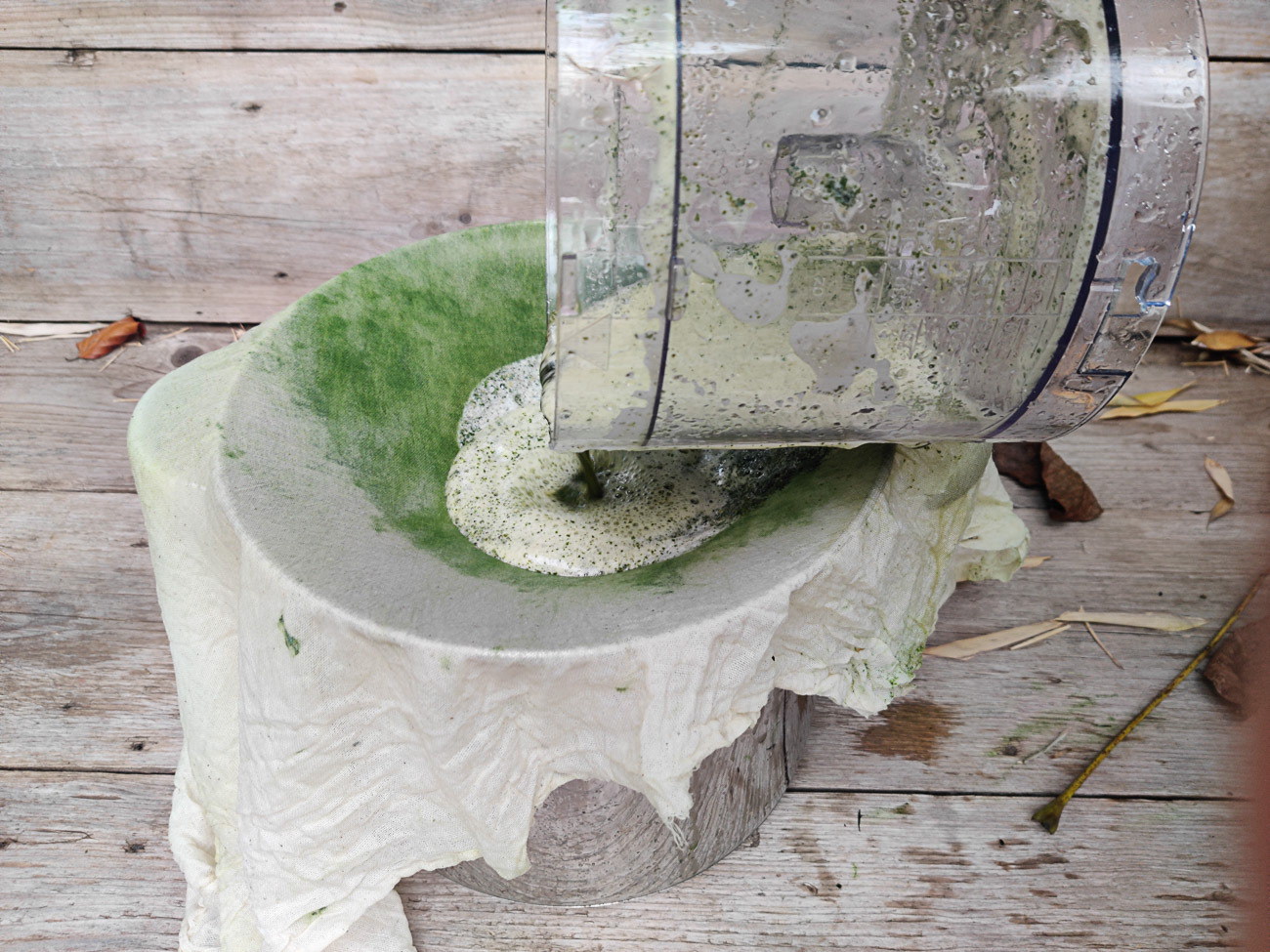
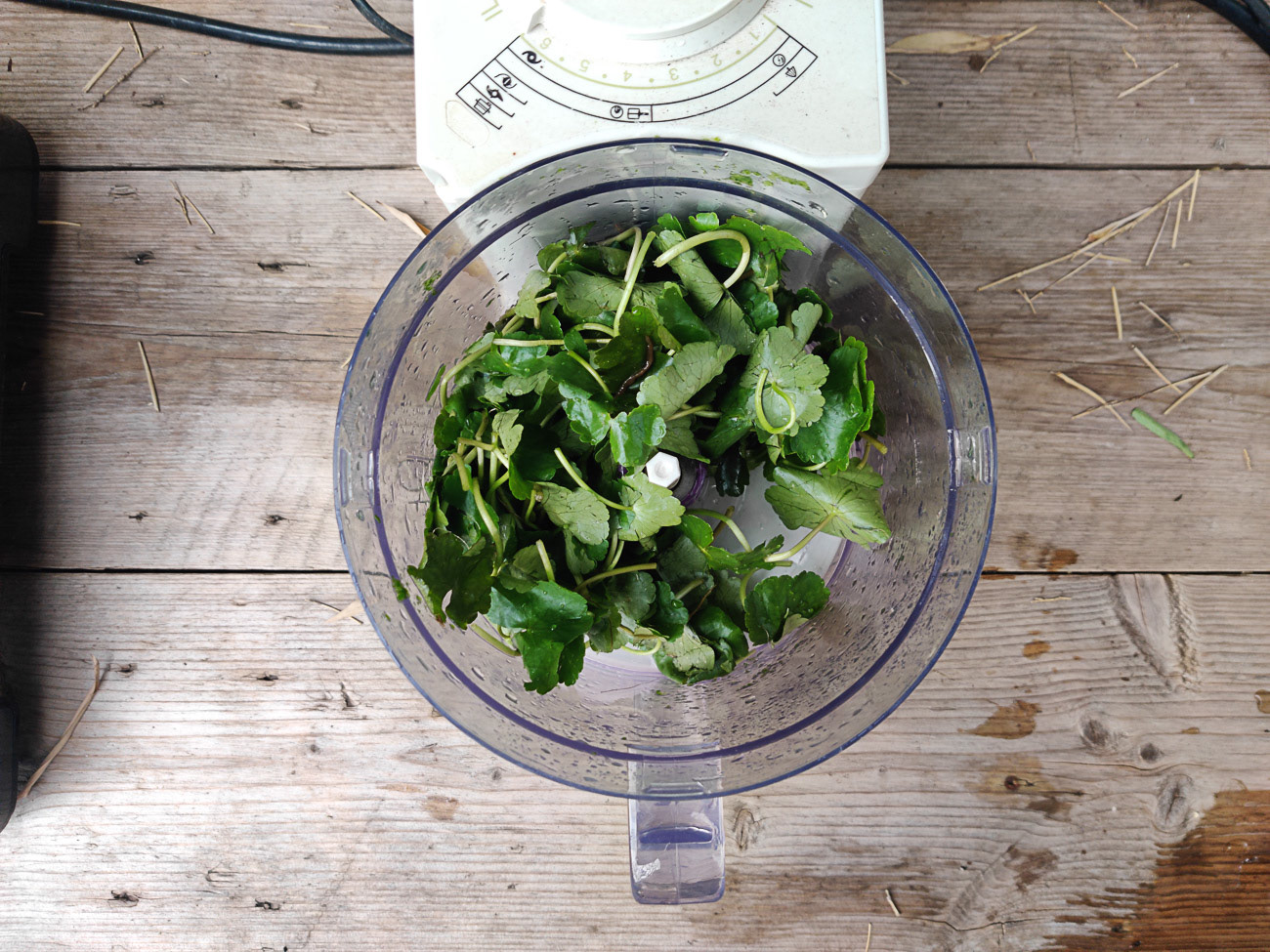
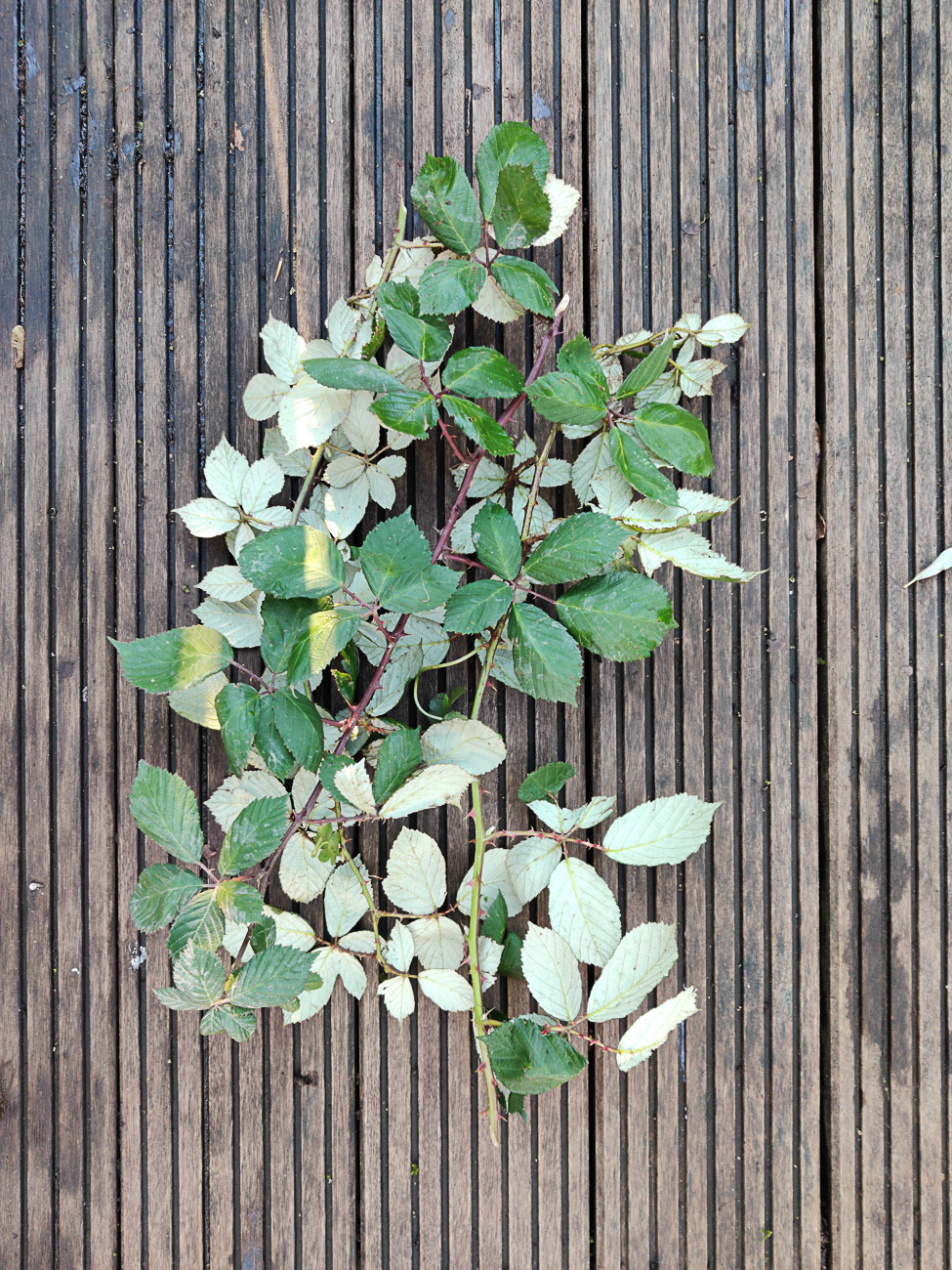
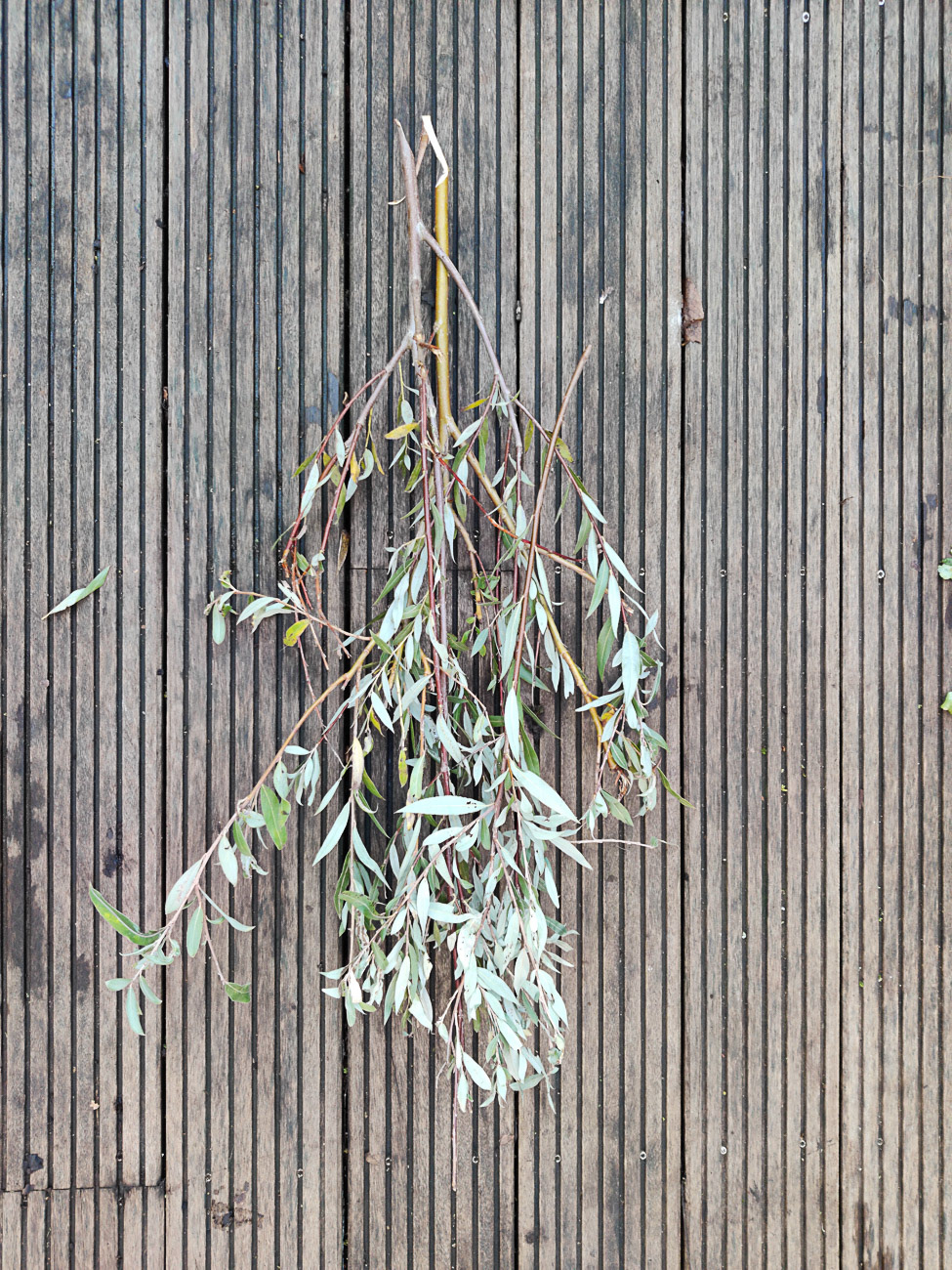
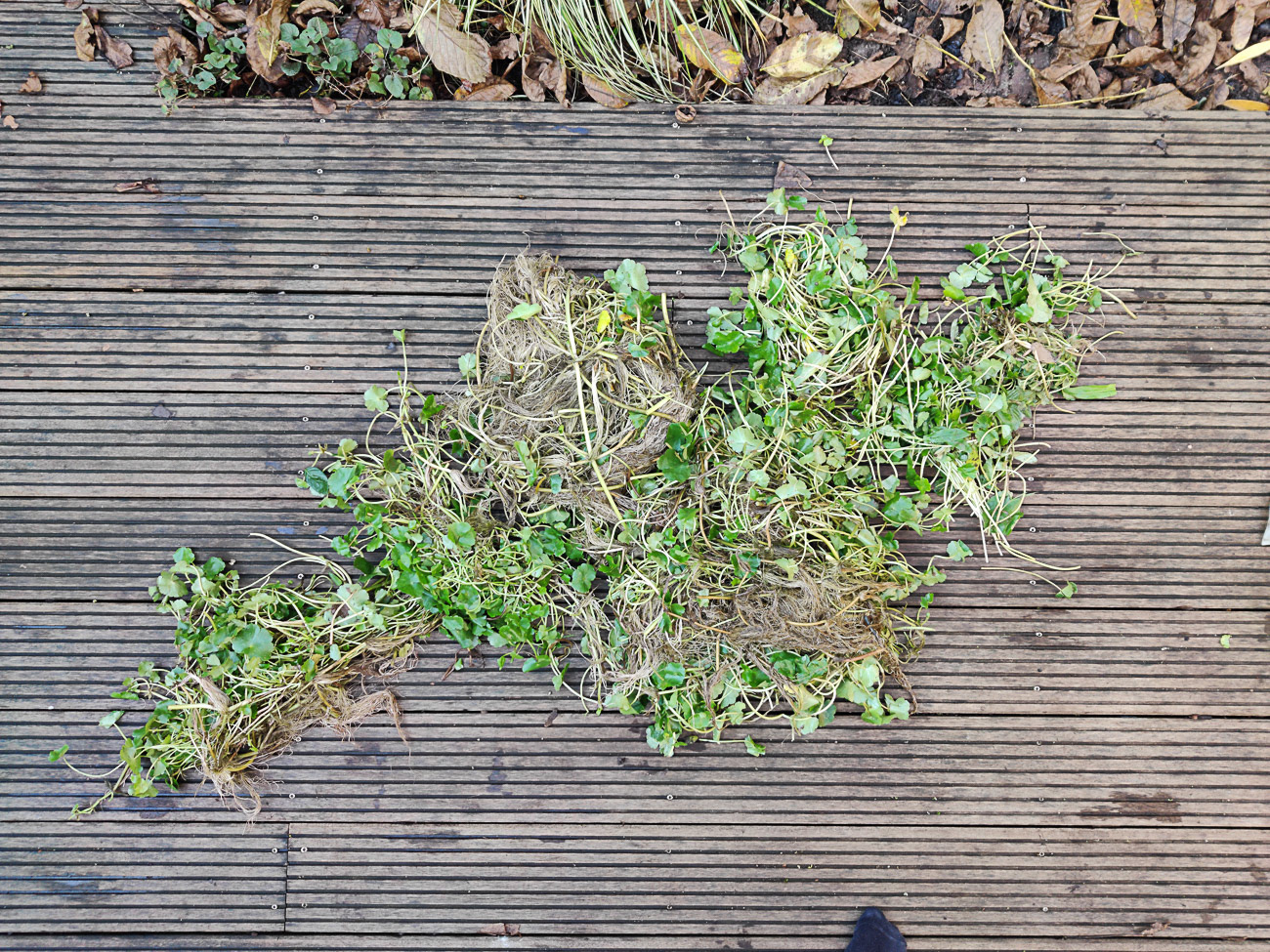
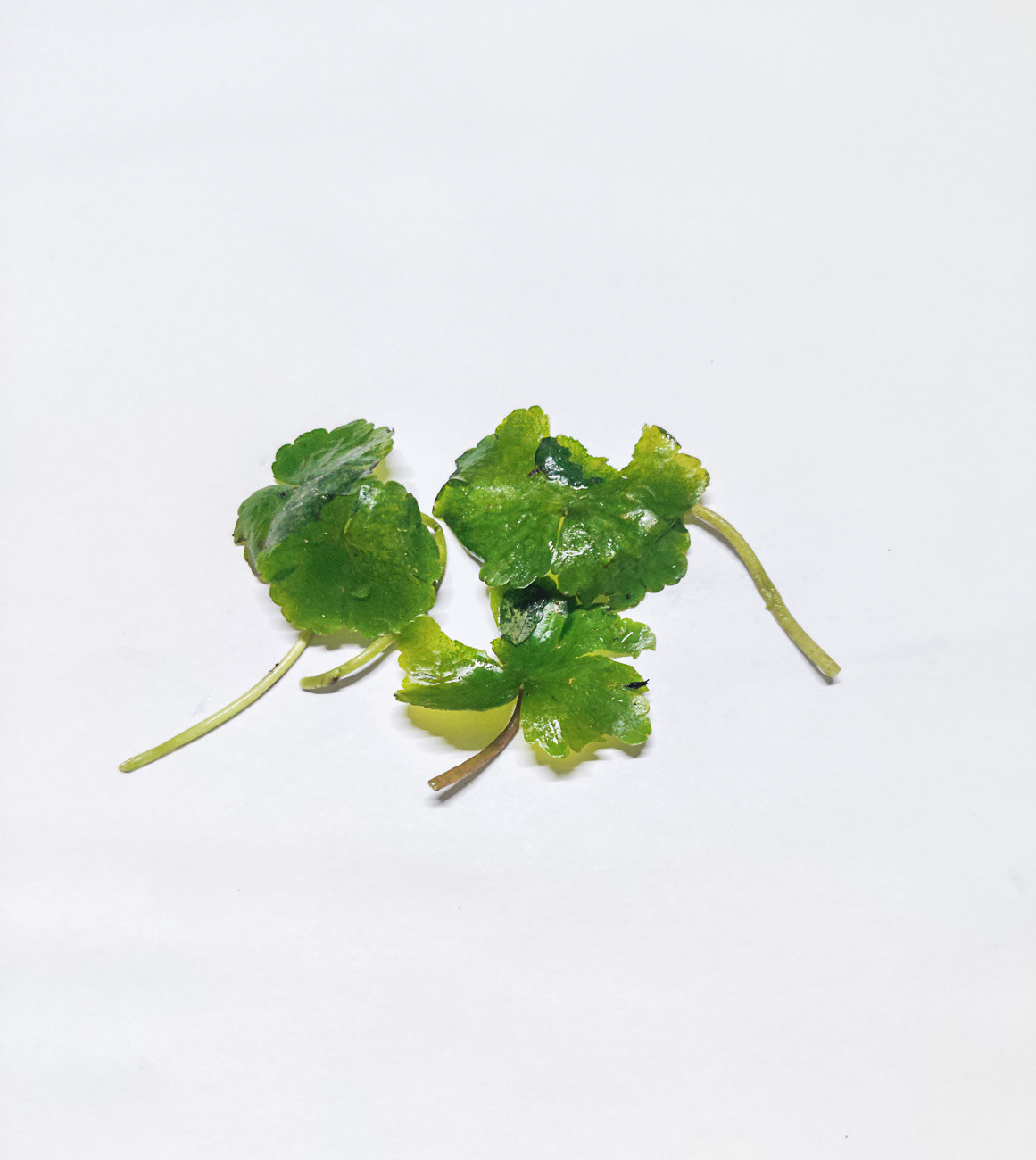
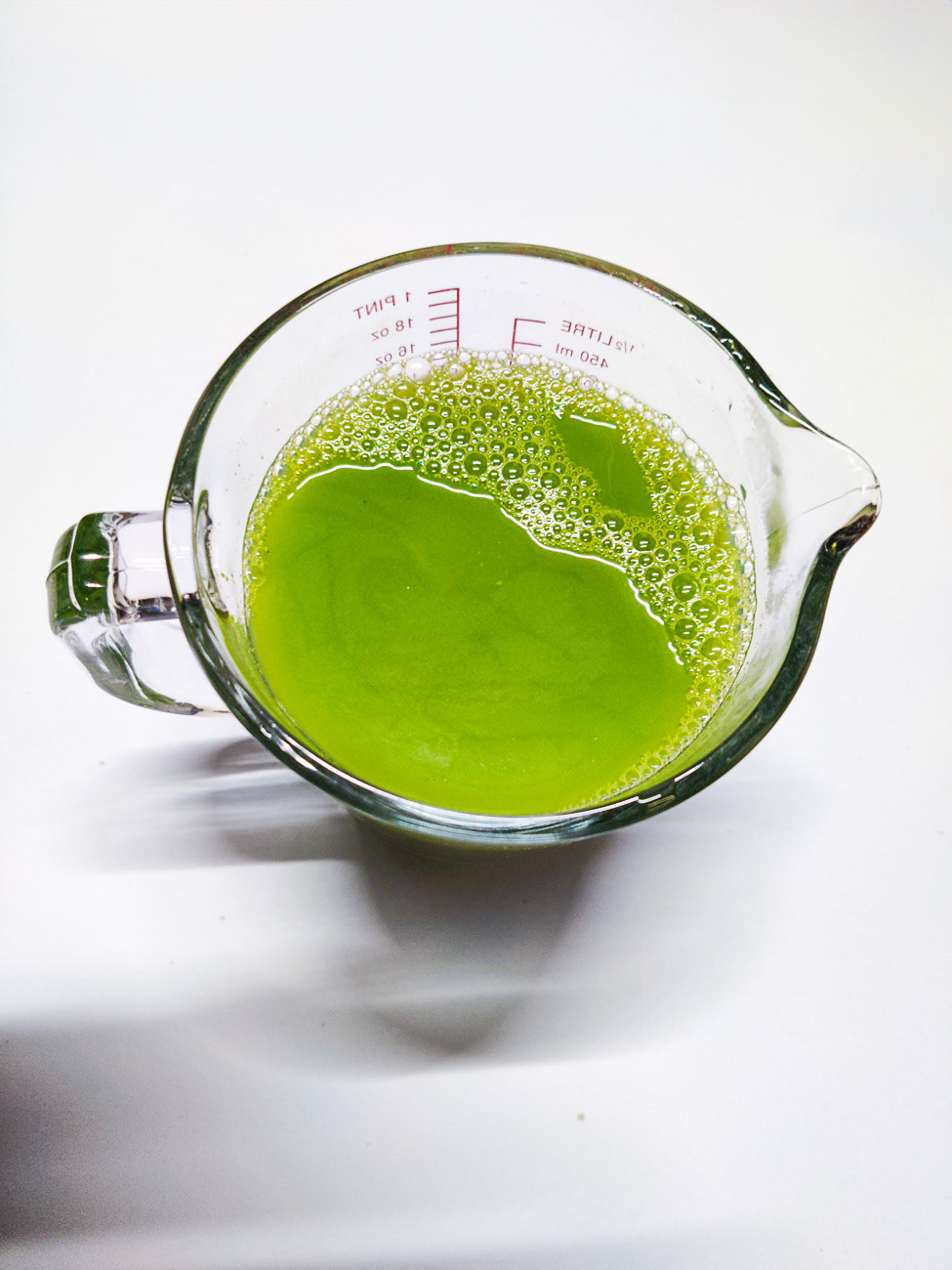
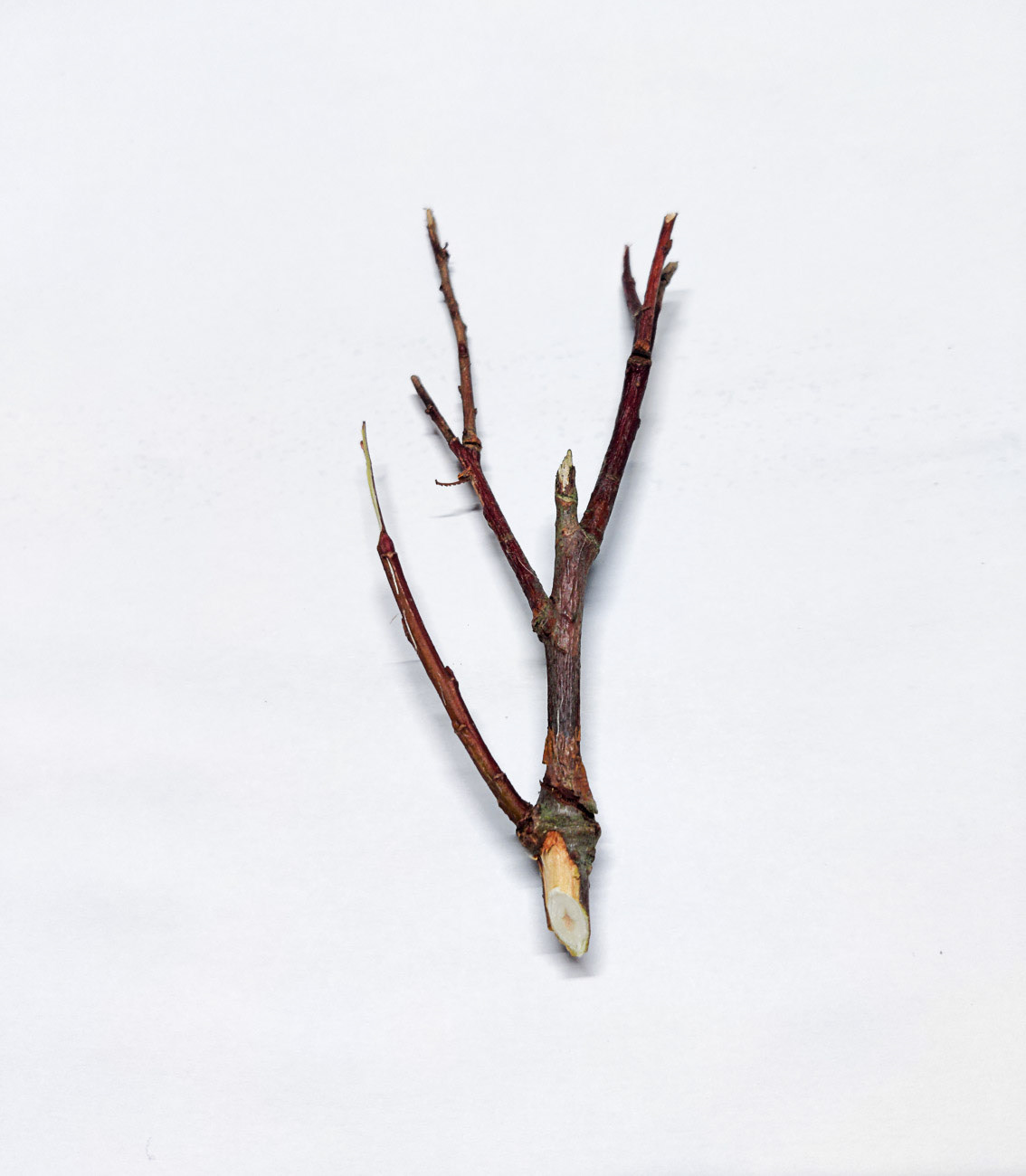
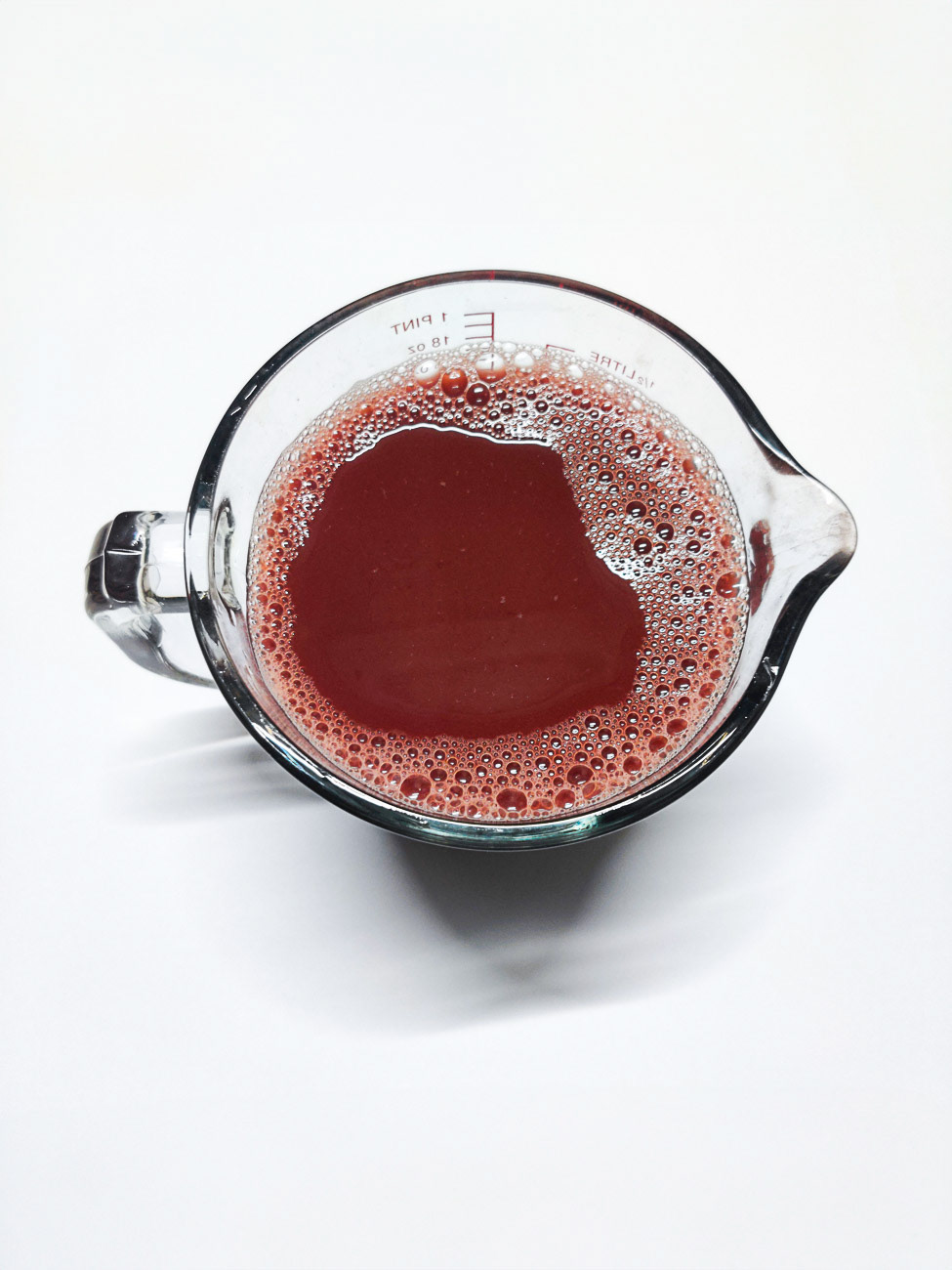
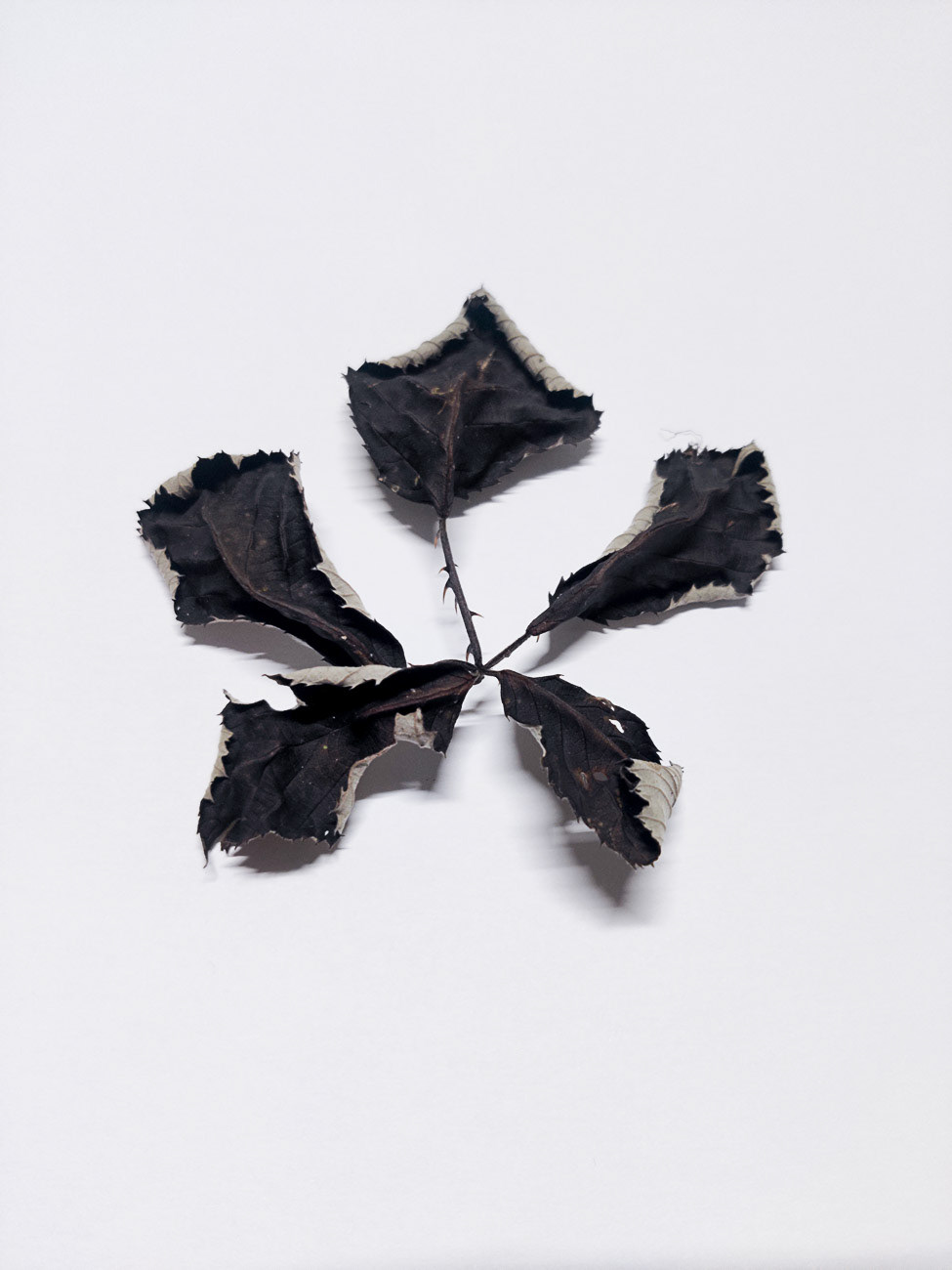
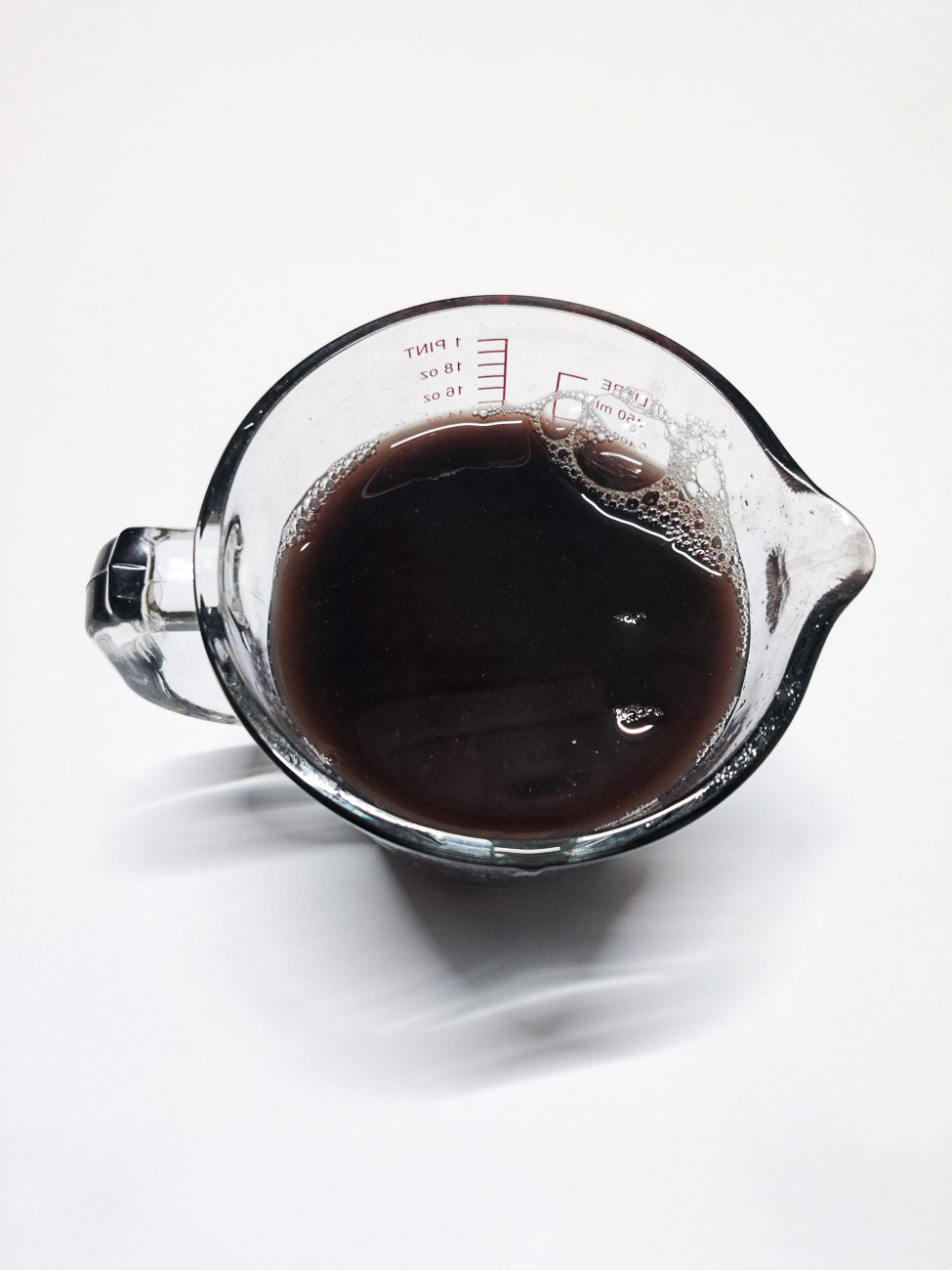
Exploring aesthetics of landscape maintenance and ecosystem conservation
Making material with colours from the landscape
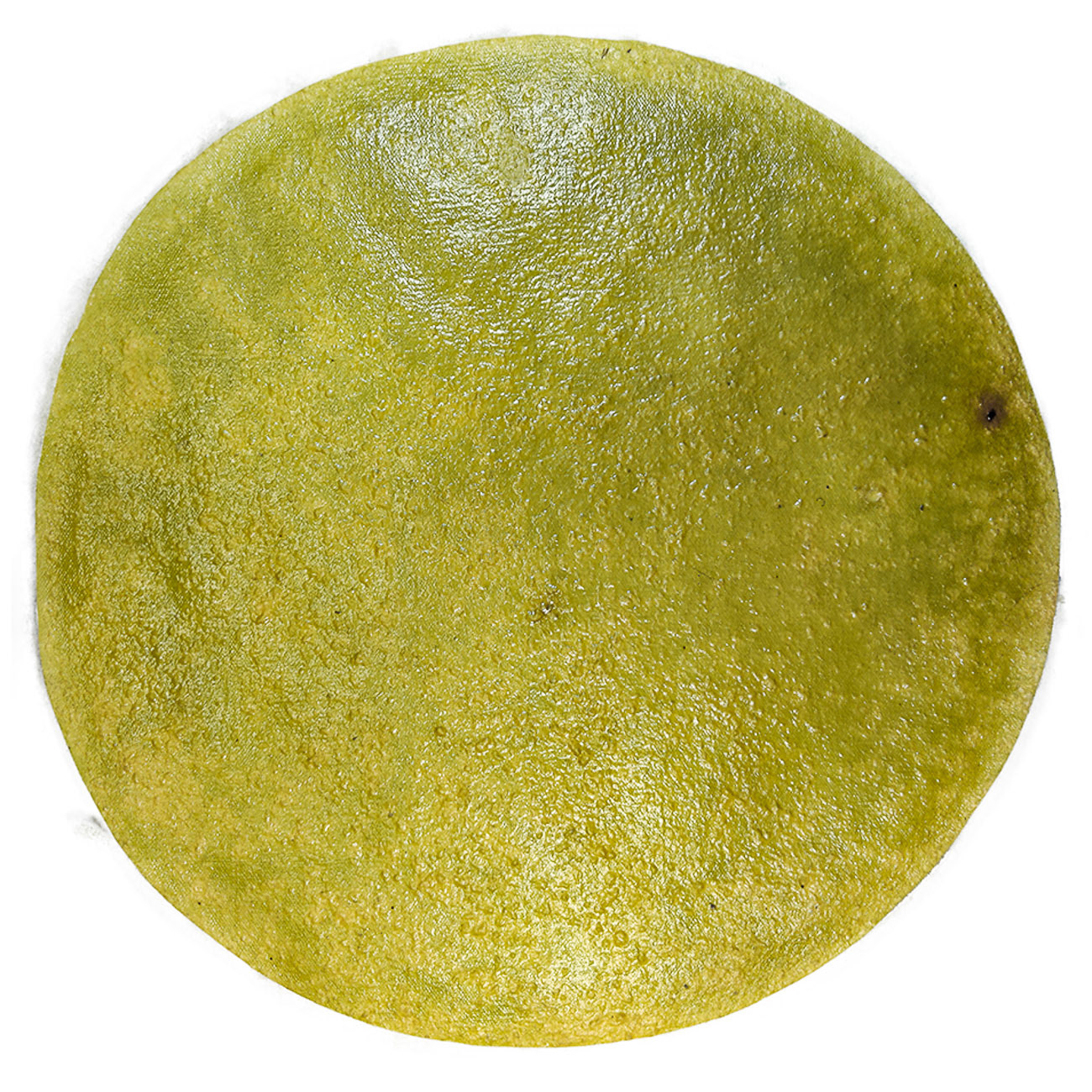
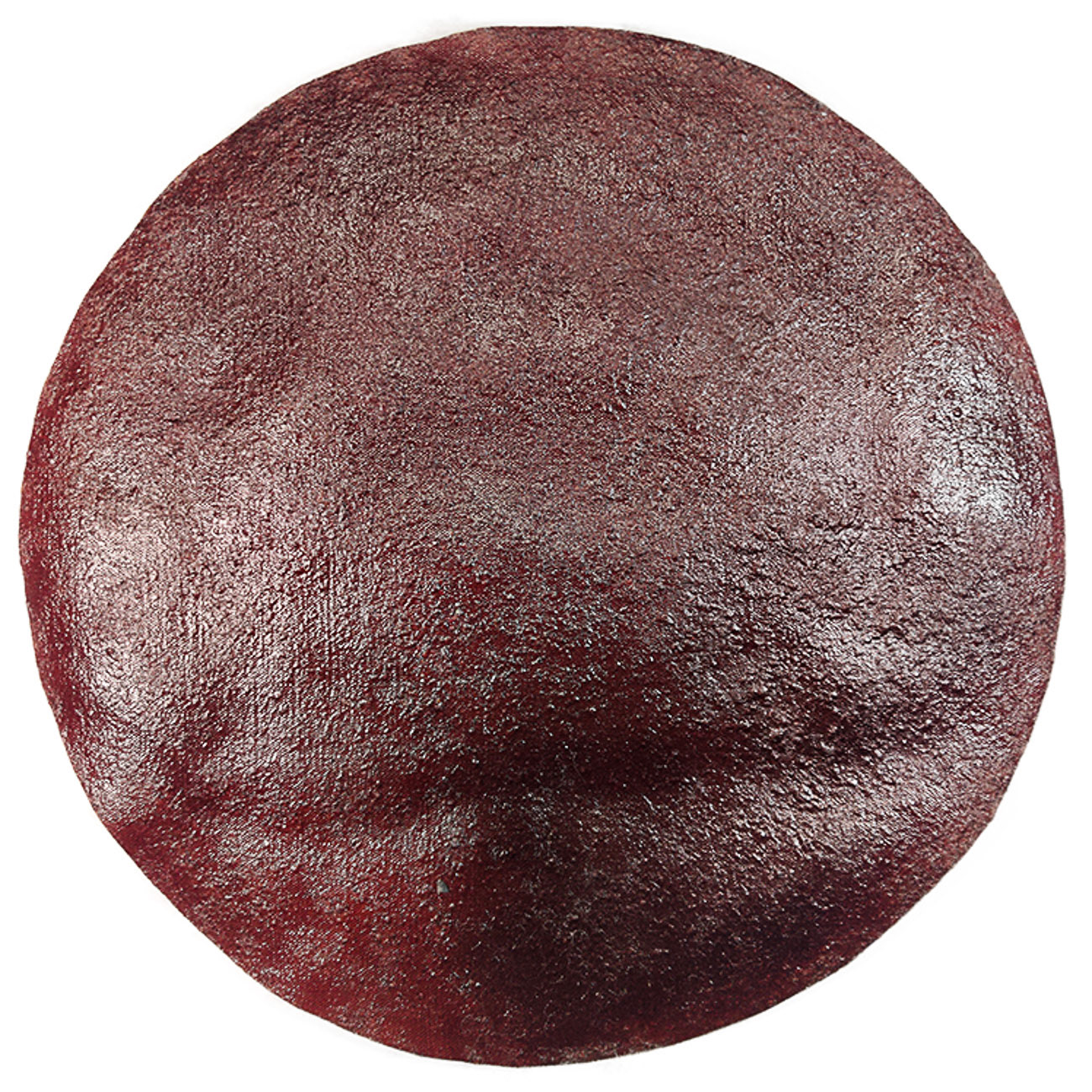
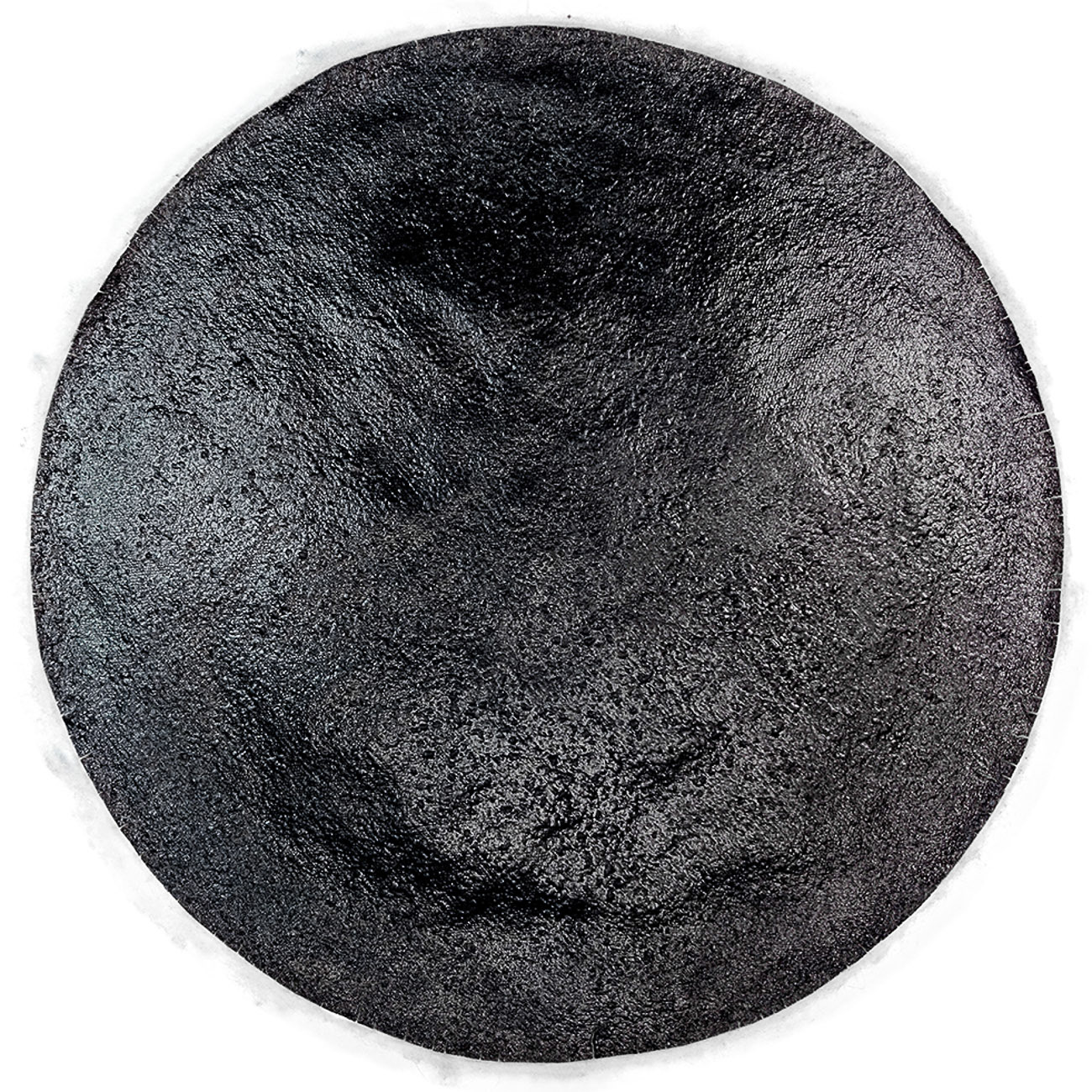
The final material is in three different colours. From left to right, the colours are made of floating pennywort, willow, and brambles
Making Final Prototype

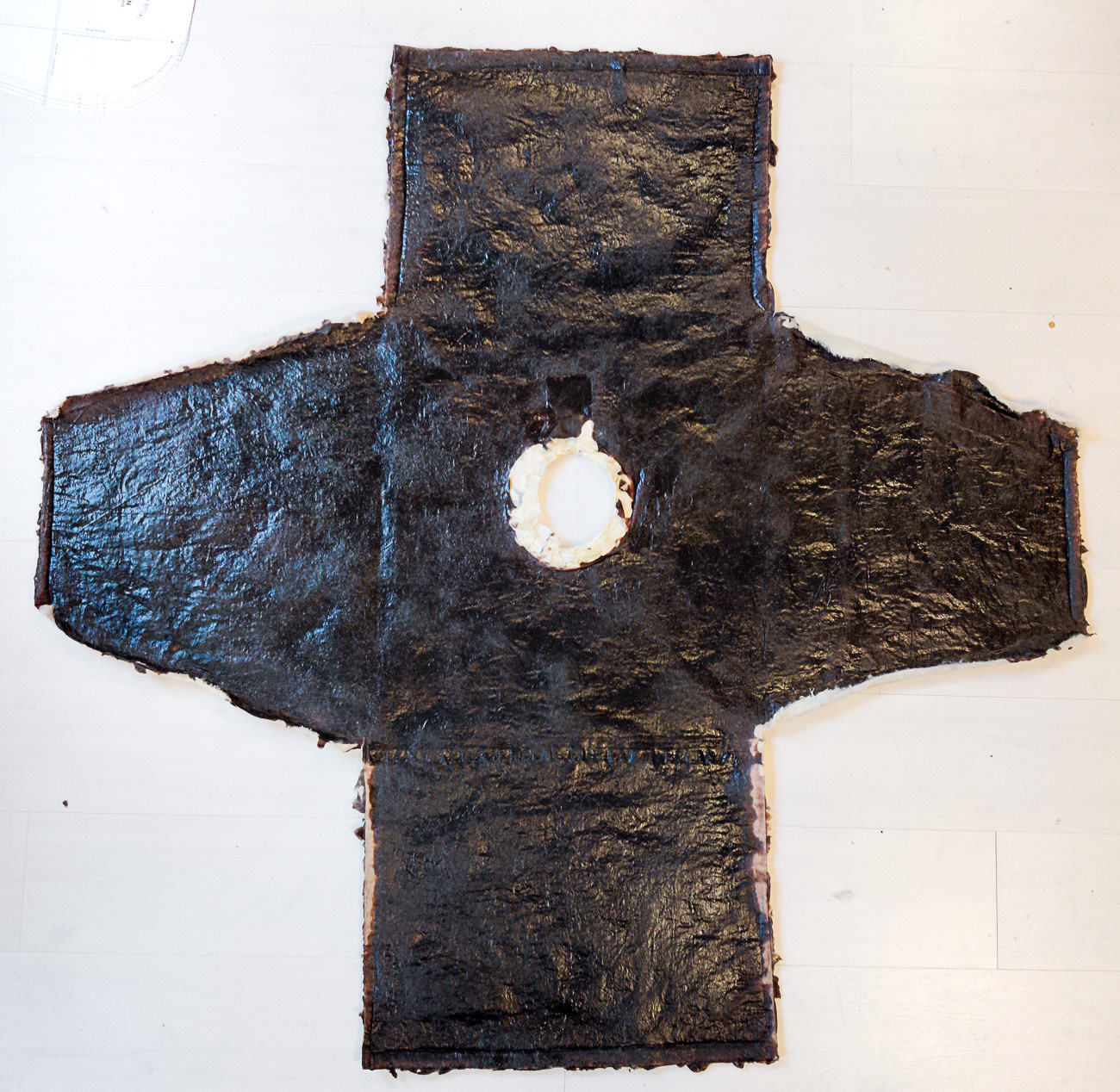
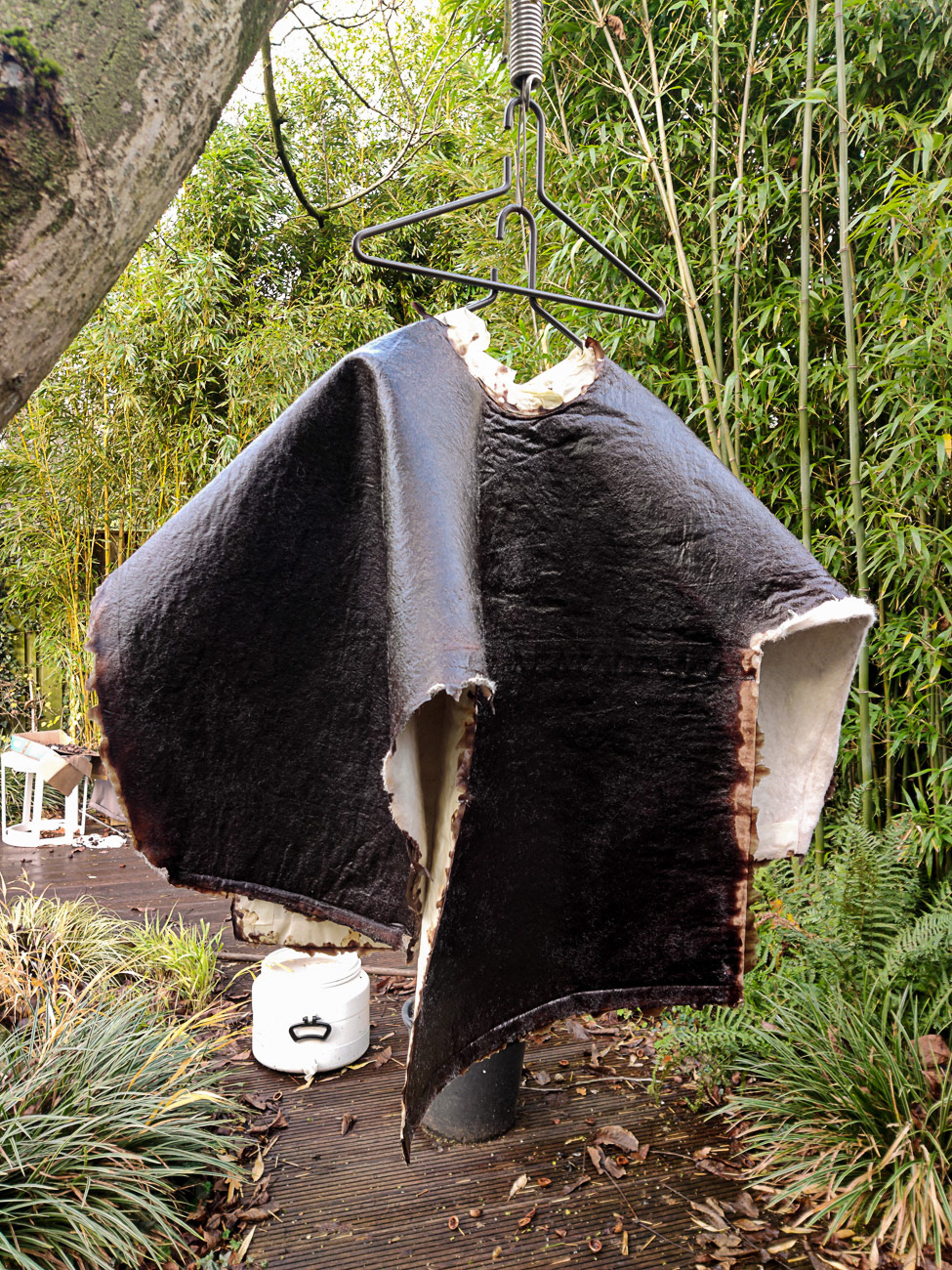
Scaling up to a regenerative system
Important elements for the regenerative business system of Wetlands